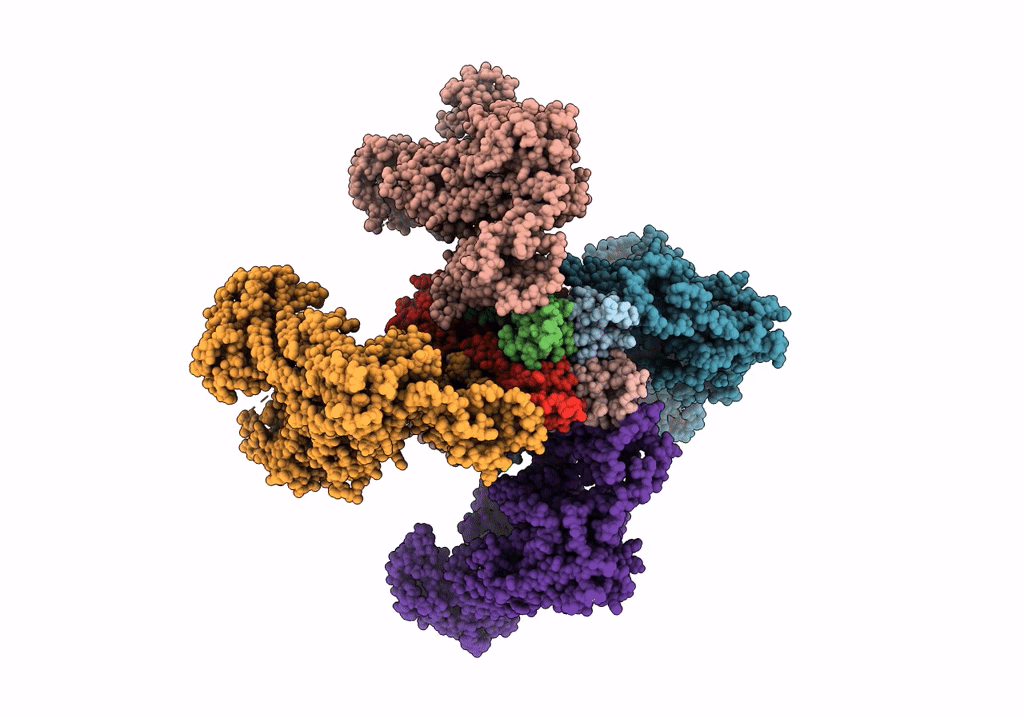
Deposition Date
2016-11-14
Release Date
2017-01-25
Last Version Date
2024-10-23
Entry Detail
PDB ID:
5TWV
Keywords:
Title:
Cryo-EM structure of the pancreatic ATP-sensitive K+ channel SUR1/Kir6.2 in the presence of ATP and glibenclamide
Biological Source:
Source Organism:
Rattus norvegicus (Taxon ID: 10116)
Cricetus cricetus (Taxon ID: 10034)
Cricetus cricetus (Taxon ID: 10034)
Host Organism:
Method Details:
Experimental Method:
Resolution:
6.30 Å
Aggregation State:
PARTICLE
Reconstruction Method:
SINGLE PARTICLE


